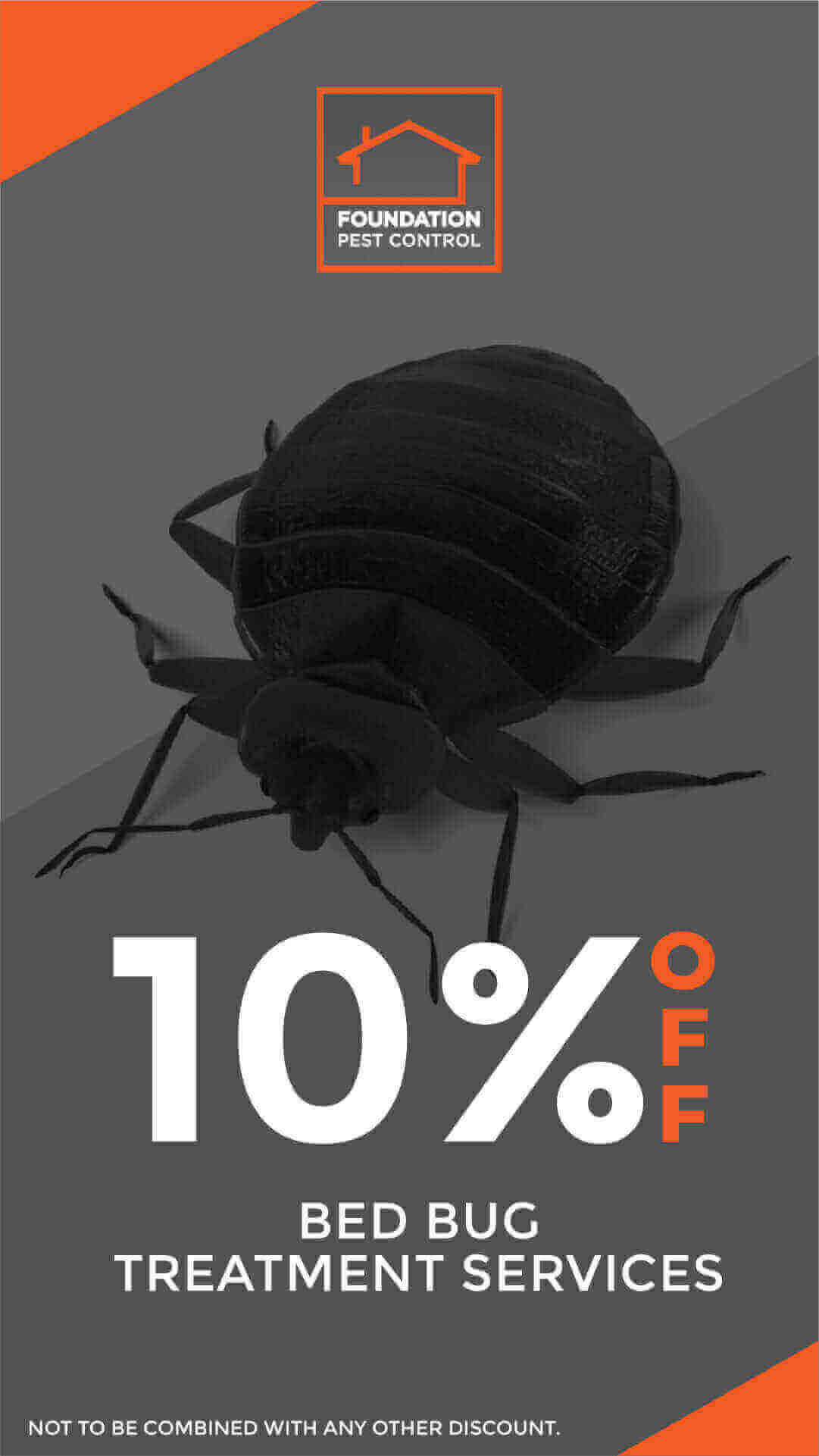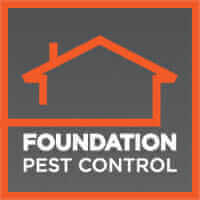
Foundation Pest Control offers expert pest management solutions for homes and businesses in Memphis and surrounding areas. Serving our community with eco-friendly treatments, we ensure a pest-free environment using advanced technology and personalized service. Trust us for efficient, reliable pest control in Memphis, Arlington, Lakeland, Germantown, and Collierville.
Upwards of 12 million children age 3-11 are infested with head lice each year. Despite the mounting numbers, there are still countless misconceptions about lice circulating which can make identifying and treating infestations even more difficult. These 10 myths are uttered in countless classrooms, school corridors, doctors’ offices and homes from coast to coast — but despite their prevalence these widely held beliefs are far from fact when it comes to head lice.
1. You have to be dirty to get head lice
Despite what many believe, head lice infestations have nothing to do with personal hygiene or cleanliness. Lice is, simply, spread by direct contact an infested person’s hair. Head-to-head contact is the easiest way to spread lice. Other ways to spread head include hand-to-hair contact – lice crawls onto the person’s hand and, when he/she scratches his/her head, it’s transferred and takes hold.
2. Lice spreads by sharing combs, brushes, hats and other clothing items
Lice can’t jump or fly, so it’s very unlikely infestations spread from personal items like brushes, combs, towels and hats. Direct contact with an infested person’s hair is the most common way lice are spread.
3. Swimming pools are hotbeds of head lice outbreaks
While it’s true that lice can live underwater for hours and, even, that chlorine doesn’t kill these parasites, a pool is still an unlikely place to contract an infestation. Even underwater, head lice cling to the infested person’s hair. Unless direct head-to-head or hand-to-head contact happens, the chance of getting lice while swimming or poolside is very low.
4. Dogs, cats and other household pets can carry lice
Pets or other animals don’t spread head lice. Likewise, a human carrier can’t give lice to his/her pet.
5. Head lice can live anywhere, making the threat of infestations very high
Head lice have feet specifically adapted to hold onto human hair – surfaces like the inside of hats/caps, helmets, brushes/combs and scarves are too smooth and slippery for lice to latch on to easily.
6. Mayonnaise and olive oil are good home remedies for head lice
There’s no scientific proof that mayonnaise or olive oil can kill or treat head lice. Talk to your doctor or pharmacist about prescription and over-the-counter options.
7. If one person in a home/class/workplace has head lice, everyone should be treated
Because lice is relatively difficult to transfer from person to person, it’s not necessary to treat unless eggs, nymphs or adults are found in someone’s hair or scalp. Doctors and experts recommend daily lice checks for those not impacted to ensure infestations are caught and treated early, but no other intervention is needed.
8. Everything in your home/classroom/workplace needs to be cleaned/fumigated if a person has head lice
Unlike bedbugs, lice don’t live for long periods on surfaces – they can only survive for extended lengths of time on a person’s head/scalp. While cleaning anything the infested person’s head came in direct contact with – pillows, hats, brushes/combs, towels – is ideal as is vacuuming carpets, couches and furniture, full fumigations and other toxic treatments typically cause more harm than good.
9. Only a doctor or trained professional can diagnose a head lice infestation
It may be easy to spot a live louse on a person’s scalp and, with that, avoid medical intervention. Using a magnifying lens and a comb, look for lice directly on the scalp, or nits attached to hair – these typically live within ¼” of the scalp, so it’s not necessary to check hair beyond that point. When checking, avoid using bright lights or flashlights since these can send lice fleeing for cover – and make your check that much more difficult. If you suspect you or a loved one has a lice infestation but you don’t spot any direct evidence on the scalp or hair, consider visiting a doctor, walk-in clinic, school nurse or other professional.
10. Head lice carry many diseases
Despite beyond parasitic insects, head lice don’t carry or spread disease. Lice feed on human blood, but there’s no risk associated with an infestation – besides the itchy scalp!
Head lice outbreaks impact millions of households each year. But, despite how common infestations are, there are countless myths and misconceptions circulating about lice, how it’s transferred and how to tackle treatment. By diagnosing and treating an infestation quickly, you can avoid spreading it to others – and avoid plenty of itchy days and nights!
Can this article help someone you know?

